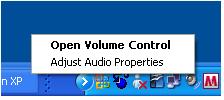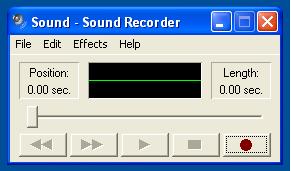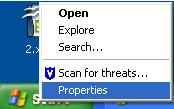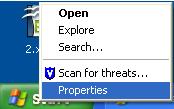Speech recognition enables the operating system to convert spoken words to written text. An internal driver, called an speech recognition engine, recognizes words and converts them to text. The speech recognition engine may be installed with the operating system or at a later time with other software. They can also use different voices allowing for regional accents such as British English, or use a different language altogether such as German, French, or Russian.
You need a microphone or some other sound input device to receive the sound. In general, the microphone should be a high quality device with noise filters built in. The speech recognition rate is directly related to the quality of the input. The recognition rate is significantly lower or may be unacceptable if you use a poor microphone. The Microsoft Speech Recognition Training Wizard (Voice Training Wizard) guides you through the process, recommends the best position to place the microphone, and allows you to test it for optimal results.
How to Train the Speech Recognition Engine
When you train the speech recognition engine, the speech recognizer uses the Voice Training Wizard to adapt to the sound of your voice, word pronunciation, accent, speaking manner, and even new or idiomatic words. If you train for as little as ten minutes, you can improve speech recognition capabilities. The system also adapts to your speech on an ongoing basis and recognition increases over time.
To train the speech recognition engine, follow these steps:
1. Click Start–> click Control Panel–> and then double-click Speech.
2. Click the Speech Recognition tab–> and then click the speech recognition engine that you want to use in the Language box.
3. Click the profile that you want to use in the Recognition Profile group. Training is specific to an engine and profile so that training one engine or profile set has no effect on any other engine or profile set.
4. Click Train Profile–> and then follow the directions in the Voice Training Wizard. Not all engines support training. If your engine does not, Train Profile is unavailable.
NOTE: It is recommended that you spend at least 15 minutes training the computer. The more training you do, the higher your recognition accuracy will be.































